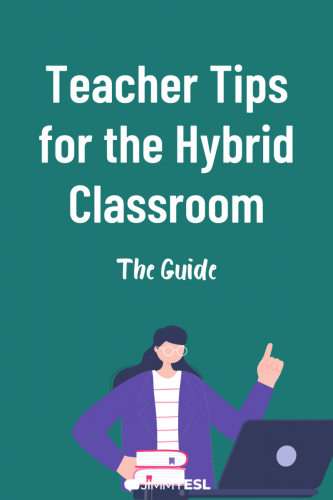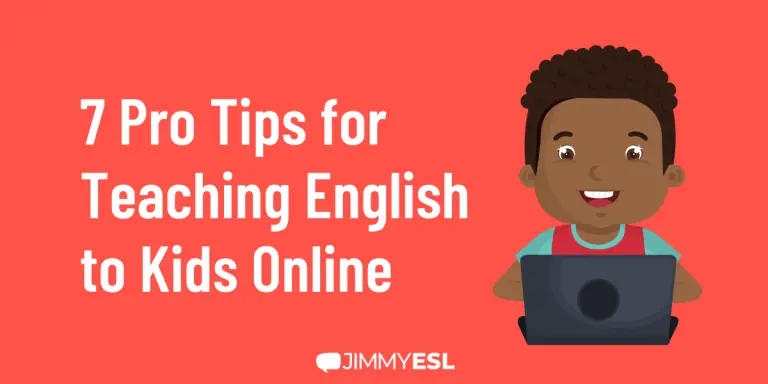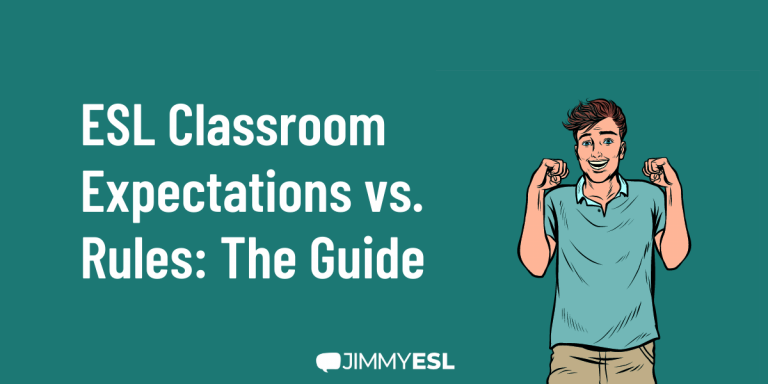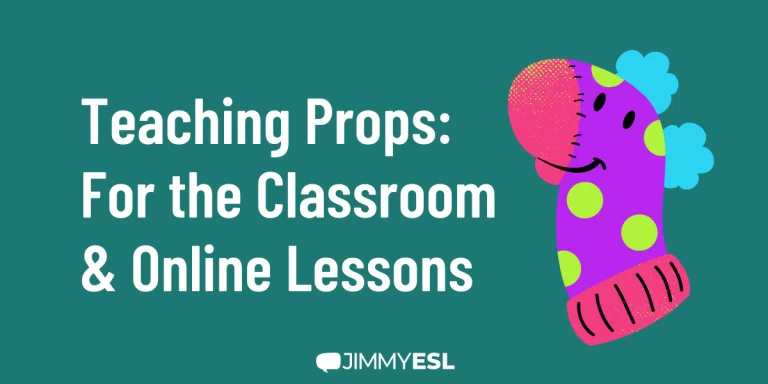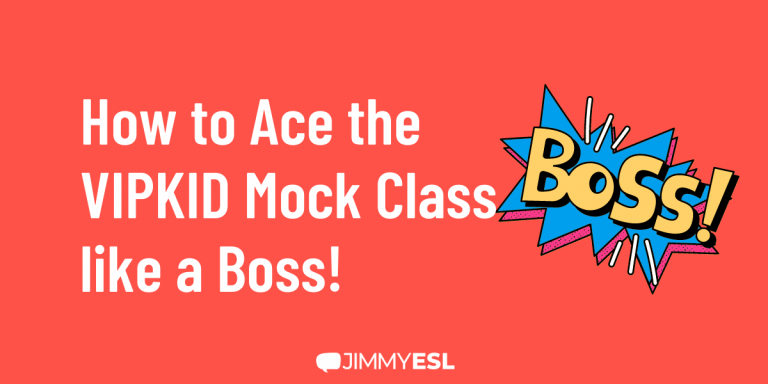Establishing A Hybrid Classroom: 7 Easy-To-Implement Tips
The challenging development of the COVID-19 events from 2020 onwards has drastically changed most of the important aspects of our lives, including jobs and professional lifestyles.
Teaching and studying have instantly and directly felt the price of social distancing as lockdowns around the world have caused a massive migration of both students and educators from the regular physical classroom to online teaching and studying.
Currently, institutions and individuals are implementing innovative ways of learning and teaching intending to adapt to the new circumstances. One of these learning models is the hybrid classroom, which combines the virtual and the physical classroom.
Read on and find out more about how the hybrid classroom works, what are its pros and cons, and how to run it successfully.
What Is A Hybrid Classroom?
The term ‘hybrid classroom’ can be simply explained as a classroom that combines two different elements, i.e. hybrid. The distinctive elements in this learning model are the traditional, in-person classroom and the online, virtual classroom.
In other words, teachers and students who engage in this type of classroom will participate in a combined learning environment where there will be students present in the physical class and remote students.
The hybrid classroom is also known as a “hyflex classroom” as it is a flexible and creative way of studying that seeks to provide flexibility and safety while maintaining good quality education.
For remote students, the lectures and seminars in the hyflex environment can be attended from any location through the popular video-conferencing software platforms like Zoom, Google Meet, Microsoft Teams, etc.
As a learning model, the hybrid classroom can vary depending on the institution and the educators that would implement it. Some schools choose this model to offer their study programs to foreign students who find it practical to attend lectures they’re interested in without their physical presence.
Another popular way is the so-called 50-50 hyflex classroom where the curriculum is taught in a certain number of days appointed for in-person participation in the classroom while other students are learning online – this approach was especially effective in schools that insisted on remaining open during a lockdown but still wanted to keep a safe environment for students and staff.
Many teachers choose this model to let their students be flexible and keep their enthusiasm and engagement in the in-person classroom. According to most teachers’ experiences, students show better results when they can choose their time and place for studying.
Benefits and Downsides of the Hybrid Classroom
In the perfect scenario, a hybrid classroom sounds almost like an edutopia. Students choose their time for studying, they commit to their choice, engage their efforts while teachers have the best technical support at hand, and never fail to complete classes successfully.
The reality, however, is quite different, since the hyflex classroom has both its benefits and downsides.
Benefits
The top benefit of this learning model is flexibility – a trait much required in today’s dynamic digital world. Students appreciate when they have the chance to study from the comfort of their location.
Other benefits are accessibility and inclusion, aspects that are crucial when it comes to equality in education. Online students from all around the world can enroll in courses without physical presence, which can be conditioned by health or financial circumstances that could prevent studying in the traditional way.
Latest studies have shown that the performance of students in hybrid classrooms surpasses the traditional learning and teaching experience.
Downsides
Nevertheless, learning environments thrive on interaction and communication between teachers and peers, and this is one of the top challenging aspects of the hyflex model.
Teachers complain that students can easily lose interest in a specific topic and reduce their engagement when they follow lectures in a combined class. Reading our guide on interactive learning might help you to avoid this.
Another, yet equally important downside of hybrid classrooms is the hybrid classroom technology, i.e. the technical requirements and issues that can appear.
If the technical support is not good enough, remote students will have difficulties in following the classes and teachers will become frustrated while trying to maintain the dialogue between the physical and the online classrooms.
Finally, this type of classroom requires teachers to follow the latest technology advancements and invest in their knowledge and practice and support their schools regarding the tech infrastructure. Unfortunately, this is more often regarded as a privilege than a necessity.
Tips On How To Introduce A Hybrid Classroom
Introducing a functional hybrid classroom is not an easy task, as you need to use top tech and think of new creative ways to bridge online and offline students.
However, there are ways to make great lessons with a bit of effort and use this challenging way of teaching to your advantage.
Turn Lesson Exercises Into Games
If you feel exhausted by jumping from the remote student group to the students around you and vice versa, try combining different approaches of communication while performing exercises.
For example, you can mute online students while giving a task to in-person students and then gather them together to guess, add or swap information or send the online students’ lesson materials that the physical students cannot see.
Use Interactive Online Tools
Online lessons depend on the multitude of online quiz tools and games, and these can be as effectively used in the hybrid classroom. Useful tools for both teaching and revising of the study material are Mentimeter Quiz, GimKit, Kahoot!, Quizizz, Quizlet Live etc. Moreover, you can use real-time cloud-based apps like Google Docs or Google Jamboard for collaborative writing activities.
Use An Online Whiteboard
Using an online whiteboard will ensure that all students can follow the lesson. One of the benefits of using a cloud-based notebook as a whiteboard, like Microsoft OneNote, for example, is that you can keep all your files in one place and not be bothered with sharing them later.
Also read: Tips for using interactive whiteboards in lessons
Pair the Screen Share With Your E-Book
Most of the course books nowadays come with an online version, i.e. an e-book that contains the content of lessons plus extra materials like worksheets, additional exercises, and audio files that support the lessons. Share the e-book on your screen and engage all students in the virtual materials.
Leave Room and Time for Repeating and Revising
The hybrid classroom requires a clear and straight-to-the-point approach when it comes to presenting and explaining lesson materials so that all students can simultaneously follow and understand the information addressed to them.
However, the uncertainty of the technical support can easily impede the dynamic in a classroom, so it is important to always be ready to repeat and revise what you have said to be sure that all students’ have received the message successfully.
Create a Backup for the Low-Tech Environment
Many teachers have only a laptop and a speaker in their virtual learning environment, so most of them come up with alternative ways to keep the flow and the quality of their teaching despite the poor technical conditions.
One such way is to organize research activities for students in advance and then just revise and give feedback during the lesson – this will keep students more engaged and introduced to the lesson materials before you give them a deeper insight into a topic.
Create Quality Time Sessions With Students
Hybrid classrooms can seriously affect the level and quality of social interaction between students, as well as their attention span in class. Therefore, you must contribute to creating a comfortable and welcoming classroom environment.
One way to do this in the challenging hyflex conditions is by appointing a monthly session of 20-30 minutes in which in-person and online students would meet and share their latest experiences, discuss popular topics or engage in group activities related to their interests outside the school curriculum.
To Conclude
Undoubtedly, the hybrid classroom model was a life savior in the ever-changing situation caused by COVID-19, although it has been present and under extensive development in the last two decades. We live in a digitalized world that’s continuously growing and changing, therefore, the traditional models of education are no longer applicable.
Embracing hybrid learning is a smart way to move forward. It not only removes the expired ways of teaching and thus changes the way we think of education, but it also makes education more accessible and gives students the freedom to choose their way of learning.
